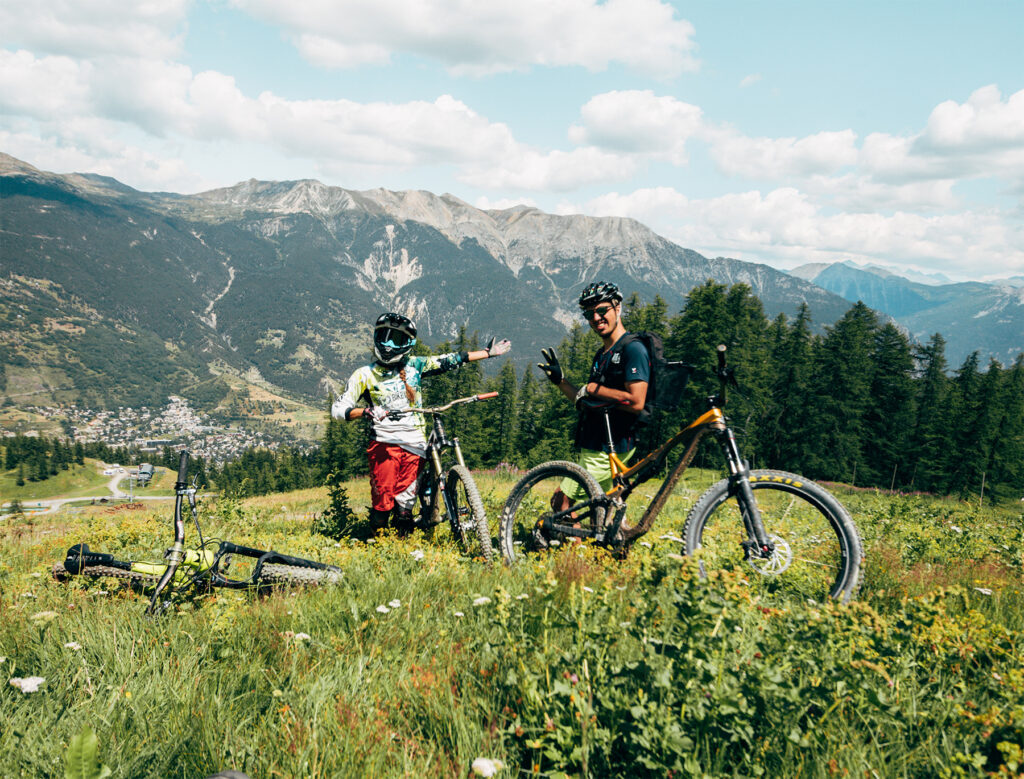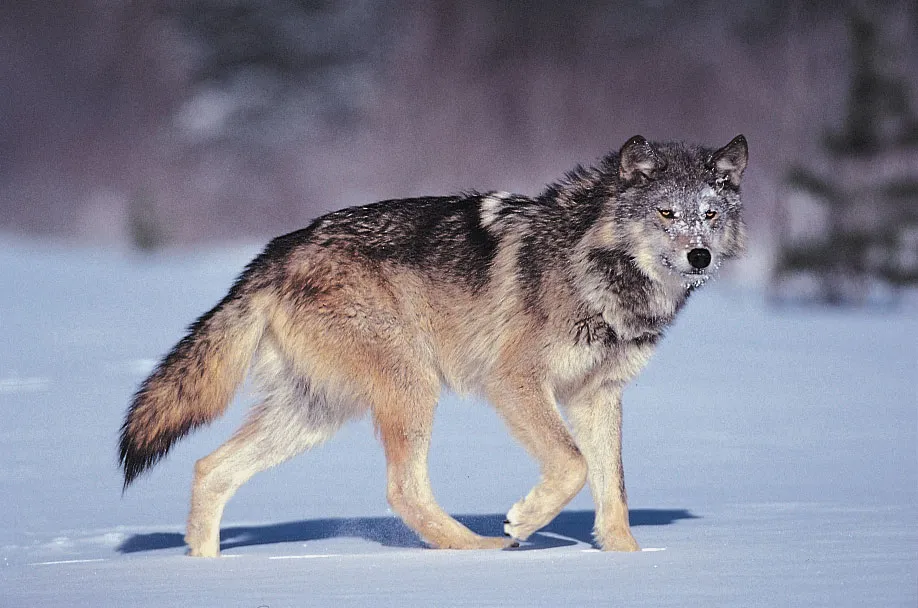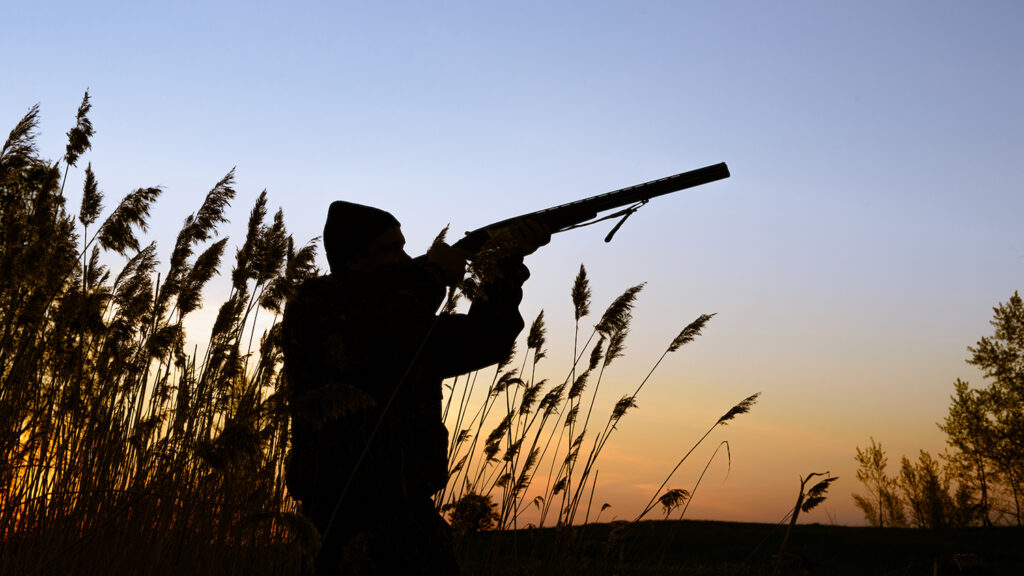Impact of human presence
Red deer, which is the most nocturnal species, exhibits the lowest levels of activity overlap with humans. In opposite, the roe deer tends to overlap more than red deer with human activities. This difference between red deer and roe deer could be explained by the fact that roe deer tend to inhabit more diverse and fragmented landscapes like forests, woodlands and agricultural areas, which are frequently closer to human settlements, when red deer tend to prefer dense forests and open grasslands. Roe deer are also known to exhibit higher levels of behavioural plasticity and tolerance to human disturbance compared to red deer.

Interestingly, both red deer and roe deer increased their overlap with human activity in presence of wolves and absence of hunting pressure, which may indicate the existence of a human shield effect in cervids. These species therefore opt for being exposed to a higher level of human disturbance, when faced with a true threat for their life, i.e. wolf presence.
Impact of wolves presence
Accordingly, the analyses on diurnal and nocturnal behaviour suggest that the presence of wolves in an area definitely push the red deer and roe deer to lower their activity during the night. The red deer diurnal activity tends to increase with time since the establishment of wolves in the area, and roe deer nocturnal and crepuscular activity also was lower in areas where the wolves recolonised first. This tendency related to a gradient of time in years may exhibit long-term plasticity from the two cervid species.

Impact of hunting
The presence of human hunting can strongly modulate these responses and adaptations to the presence of predators. Indeed, the levels of overlap with human activities when the two lethal threats are present tend to be intermediate, underlying that the preys/game species search for a trade-off to minimize the exposure to these risks

Limitations of the study

Unfortunately, the chamois did not show evidence of any significant influence from both types of pressure. The chamois, considered as a diurnal species naturally overlaps most of their activity with humans.
The lack of results for the chamois might also underline an important limitation of this study. Indeed, the study areas were first designed for optimal coverage of red deer population ranges. The roe deer, having similar habitat preferences, feeding habits and spatial requirements, could fit easily in the same range as the red deer. In contrast, the chamois typically prefer higher, more rugged and mountainous terrain with limited space, grazing in open alpine meadows.
Conclusion
To conclude, the expected variations in diel activity patterns of the red deer and roe deer in response to predation risk and hunting pressure were witnessed. Both species revealed to adapt their activity to avoid times of the day when lethal risk is the highest.
These results can provide for a better understanding of the prey-predator relationship as well as the impact of humans on the alpine environment for a future improvement in land management and species conservation.